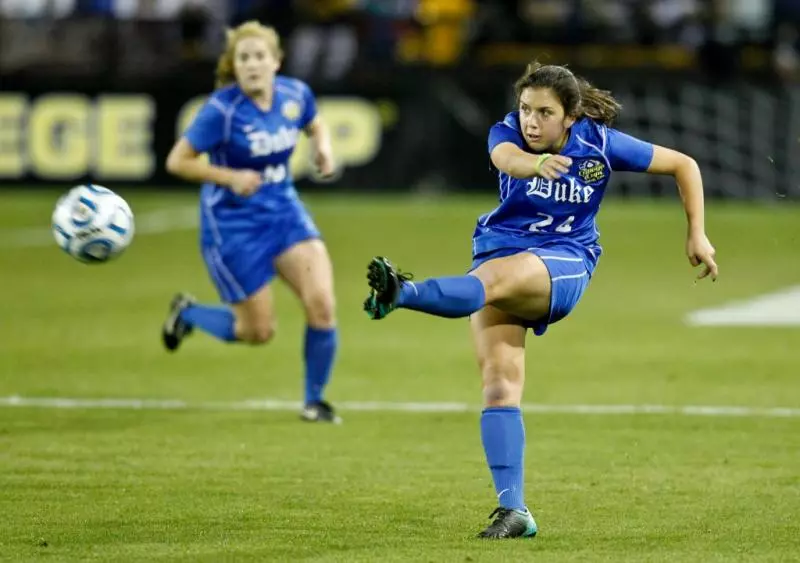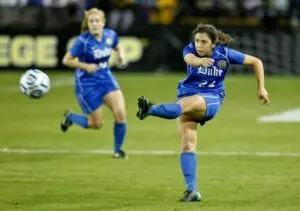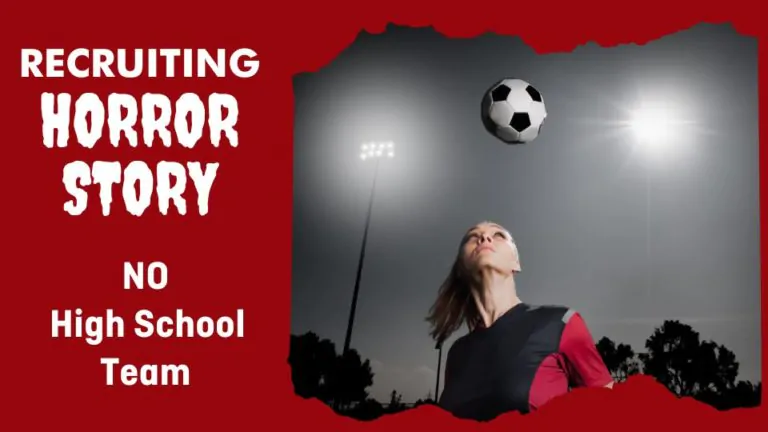As a collegiate athlete, you represent the larger student body. Amongst the “in-group”, you represent the prototype; a hero of some sort that others strive to be like. However, others on campus may actually negatively stereotype you. In the end, your actions will decide the way people think and talk about you on campus.
Division I: Athletes come first, students are second; period. The day-to-day life for a DI athlete is one that is often seen as an athlete-student rather than student-athlete. Balancing the expectations of both the classroom and field of play is pivotal to having success at the highest collegiate level.
Division III: School comes first; maintaining GPA requirements and league minimums are critical. Athletes need to do well in the classroom as they do not get the same structural help from tutor systems nor leniency from professors in Division 3 as they do in Division 1.
On-Campus Overall:
Campus athletes are role models for the student body as a whole, as athletes represent the core values of the school in the limelight of the public. There is pressure to represent the school in a positive way and there are limitations in getting involved in other activities outside of your team/school work – you have to be fully willing to identify what it means to be a student-athlete on a daily basis. Athletes are often expected to wear team gear on campus and carry themselves in a respectful manner.
On Weekends:
Your sport becomes your identity, it's generally expected that athletes will hang out with teammates or other athletes in their leisure time. It is not mandatory to follow this culture, yet, it's important to understand how being a student-athlete will shape your identity while in college.
Gender Roles in Sports:
Title IX states: “No person in the U.S. shall, on the basis of sex be excluded from participation in, or denied the benefits of, or be subjected to discrimination under any educational program or activity receiving federal aid.” Although NCAA sports have come a very long way in terms of gender discrimination, there are still stereotypes many people have against female athletes. Some people tend to think males train harder than females, others feel they are more capable of holding leadership roles, while some think guys are generally more interested in sports than girls. It's also no secret that attendance at male competitions far outweighs attendance at similar female games. It goes to show that you don't have to conform to any stereotypes and you can shape your own identity; you can be the hardest playing athlete in the school and be female.
Updated on 7/31/19 by Joe Pounders
* Originally published on November 2, 2015, by LRT Staff







